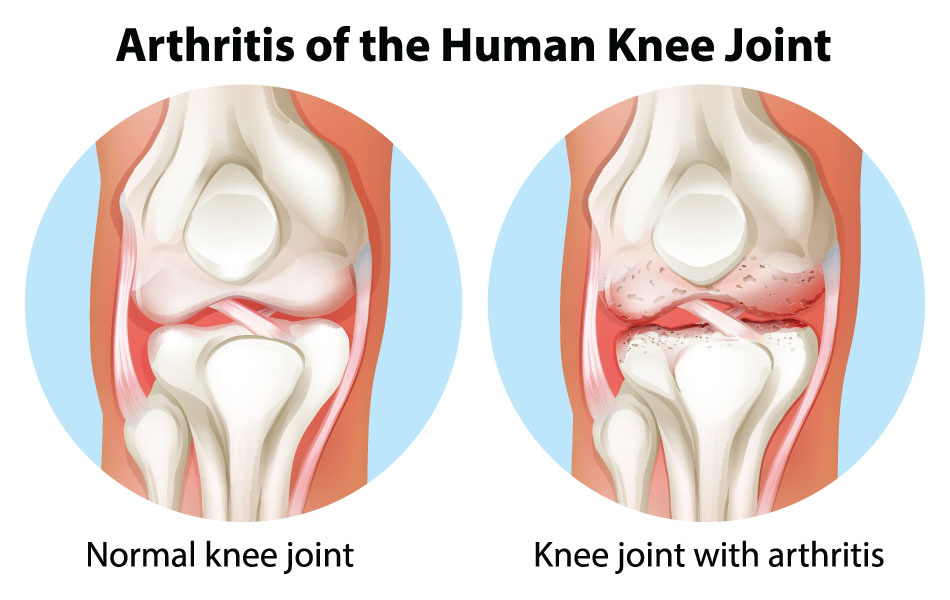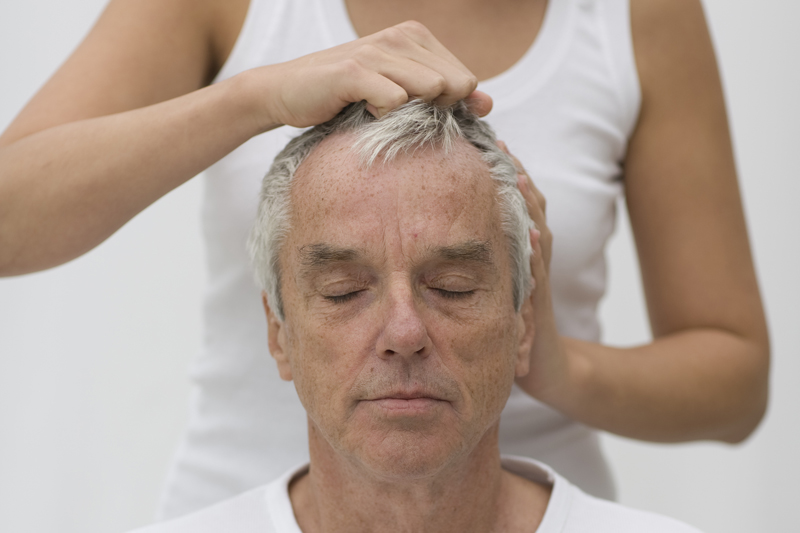Understanding and Managing Knee Pain: A Comprehensive Guide
Knee pain is a widespread issue that can affect individuals of all ages. It may stem from a sudden injury like a torn ligament or cartilage, or it may develop due to chronic medical conditions such as arthritis, gout, or infections. Understanding the root cause of knee pain is essential to ensure proper diagnosis, treatment, and long-term management.

Common Causes of Knee Pain
1. Injuries
Injuries are one of the most frequent causes of knee pain, especially among athletes and active individuals.
- Ligament Injuries: One of the most common is a tear in the anterior cruciate ligament (ACL), often caused by sudden stops, changes in direction, or impact during sports. These injuries typically result in swelling, instability, and a “popping” sound at the moment of injury.
- Meniscus Tears: These occur when the knee is forcefully twisted, particularly while bearing weight. The meniscus is the cartilage that cushions the knee joint, and a tear can cause pain, stiffness, and difficulty moving the joint.
- Fractures: A broken kneecap or other knee bones due to trauma, such as falls or car accidents, can cause severe pain, bruising, and inability to move or bear weight on the knee.
- Patellar Tendinitis: This is an overuse injury resulting in inflammation of the tendons connecting the kneecap (patella) to the shinbone. It’s often seen in runners and athletes who frequently jump.
2. Mechanical Problems
Certain mechanical issues within the knee joint can lead to persistent discomfort.
- Loose Body: Sometimes a fragment of bone or cartilage breaks off and floats in the joint space. This can interfere with knee movement, causing pain or locking of the joint.
- Dislocated Kneecap: When the patella (kneecap) slips out of its normal position, it can lead to visible deformity, swelling, and pain, especially when trying to straighten the leg.
- Iliotibial Band Syndrome: Common among runners and cyclists, this occurs when the iliotibial band—a thick band of tissue running along the outer thigh—becomes tight and rubs against the femur. This friction causes irritation and pain on the outside of the knee.
3. Arthritis
There are over 100 types of arthritis, and several commonly affect the knees.
- Osteoarthritis: This is a degenerative joint disease that occurs due to the gradual wear and tear of cartilage. It’s common in older adults and leads to pain, stiffness, and reduced mobility.
- Rheumatoid Arthritis: Unlike osteoarthritis, rheumatoid arthritis is an autoimmune condition that causes the immune system to attack the joints. It results in inflammation, pain, and joint damage, often affecting both knees symmetrically.
- Gout: Gout is caused by the buildup of uric acid crystals in the joint, which leads to sudden, intense pain, swelling, and redness, especially in the knee.
- Pseudogout: Similar to gout, this condition involves the accumulation of calcium-containing crystals in the joint fluid, which triggers pain and inflammation.
4. Other Medical Conditions
Several less common but serious medical conditions can also cause knee pain.
- Infections: Septic arthritis, an infection in the joint, can cause rapid swelling, redness, heat, and extreme pain. It requires immediate medical attention.
- Tumors: Although rare, both benign and malignant tumors can develop in or around the knee joint, causing discomfort, swelling, and sometimes visible lumps.
Symptoms of Knee Pain
The symptoms of knee pain vary depending on the underlying cause, but common signs include:
- Swelling and stiffness that limit movement
- Redness and warmth around the joint
- A feeling of weakness or instability
- Popping, clicking, or crunching sounds when moving the knee
- Inability to fully straighten or bend the knee
Diagnosing Knee Pain
Accurate diagnosis is crucial to effective treatment. Medical professionals may use a variety of methods:
- Physical Examination: The doctor will examine the knee for swelling, tenderness, and range of motion.
- Imaging Tests: X-rays help detect fractures or signs of arthritis. MRIs and CT scans provide more detailed views of soft tissues like ligaments, tendons, and cartilage.
- Laboratory Tests: Blood tests may identify autoimmune conditions or infections, while analysis of joint fluid can help diagnose gout or septic arthritis.
Treatment Options for Knee Pain
Non-Surgical Treatments
For many types of knee pain, non-invasive treatments are the first line of care:
- RICE Method (Rest, Ice, Compression, Elevation): Useful for minor injuries, this helps reduce swelling and pain.
- Physical Therapy: A tailored exercise program strengthens muscles around the knee, improves flexibility, and restores normal movement.
- Medications: Over-the-counter NSAIDs like ibuprofen or naproxen help reduce inflammation and pain.
- Injections: Corticosteroid injections can quickly relieve inflammation. Other options include hyaluronic acid for joint lubrication and PRP (platelet-rich plasma) for tissue healing.
Surgical Treatments
If conservative treatments fail, surgery may be necessary:
- Arthroscopy: A minimally invasive procedure that uses small instruments and a camera to remove or repair damaged tissues.
- Partial or Total Knee Replacement: Recommended in cases of severe osteoarthritis or irreparable damage, this surgery replaces part or all of the knee joint.
- Osteotomy: In some cases, cutting and realigning bones can relieve pressure on the knee and delay the need for a knee replacement.
Preventing Knee Pain
Preventative strategies can significantly lower the risk of knee issues:
- Maintain a Healthy Weight: Carrying excess weight places added stress on the knees. Losing even a small amount can relieve pressure and prevent wear and tear.
- Strengthen Supporting Muscles: Exercises that build the quadriceps, hamstrings, and calf muscles help stabilize and protect the knee. Swimming and cycling are low-impact options that build strength safely.
- Practice Proper Technique: Whether lifting objects, exercising, or simply walking up stairs, maintaining proper posture and movement techniques reduces the risk of injury.
- Stay Flexible: Regular stretching enhances joint mobility and decreases the chance of strains or tears.
When to See a Doctor
Immediate medical attention is advised if:
- The pain is intense or does not improve with rest
- You cannot put any weight on your knee
- There is visible swelling or deformity
- You have a fever along with joint pain, suggesting infection
Living with Chronic Knee Pain
For those dealing with ongoing knee pain, quality of life can be affected. Here are ways to manage it:
- Use Assistive Devices: Braces or canes can help reduce stress on the joint and prevent falls.
- Modify Activities: Avoid high-impact sports or movements that involve frequent kneeling or twisting.
- Explore Alternative Therapies: Some people find relief from acupuncture, massage therapy, or tai chi, which also promotes flexibility and balance.
Expert Tips and Real-World Advice
- Always wear well-cushioned, supportive footwear to protect your joints.
- Don’t ignore early signs of discomfort—addressing problems early prevents complications.
- Stay active to keep your joints moving, but don’t overexert yourself; moderation is key.
Conclusion
Knee pain is a complex condition with a wide range of causes, from injuries to chronic diseases. Fortunately, many treatment options are available, both surgical and non-surgical. With the right knowledge and care, most individuals can manage or eliminate their symptoms effectively. Early intervention, proper diagnosis, and a proactive approach to knee health can make a significant difference in maintaining an active and pain-free lifestyle.









